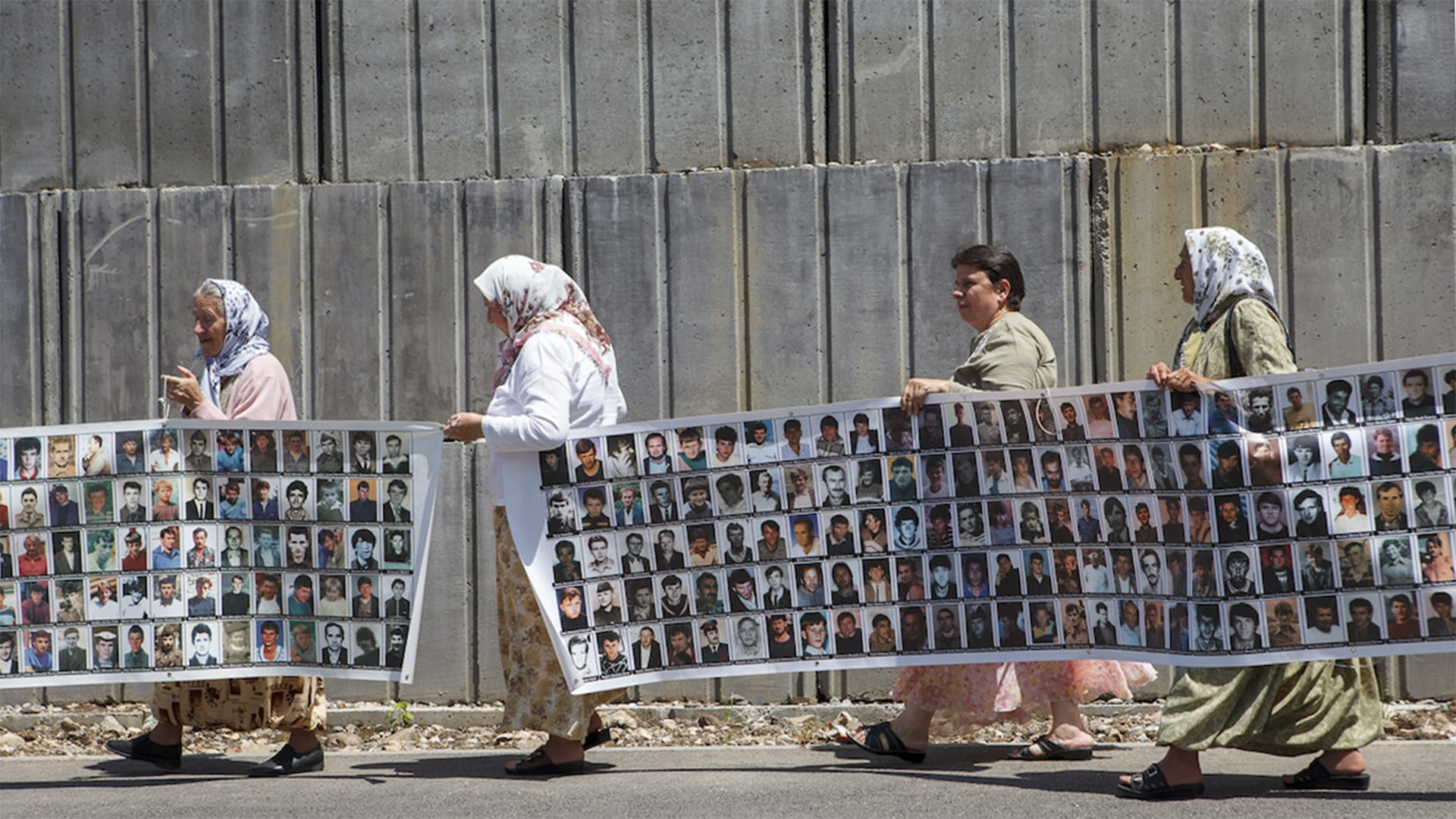
Real-life heroines
Women from Srebrenica fight for a decent life.
|29.12.2021
|
The movement's moment of birth is evidence of the strength and dignity of these women.
Over the years they gathered thousands of testimonials that have helped the ICTY reconstruct events and identify murderers.
In one day, 600 tabuts, most of them with only a few pieces of bones inside, were laid to the ground.
"I do not want anybody to be sad for me. But I want everybody to be aware of the crimes that were committed."
Kada Hotić
Nidžara Ahmetašević
Nidžara Ahmetašević was K2.0’s regional editor. Nidžara has a Ph.D in media assistance in post conflict countries from the University of Graz, Austria. Her focus as a journalist is on media development in post-conflict countries, hate speech, human rights, feminism and migrations.
This story was originally written in English.